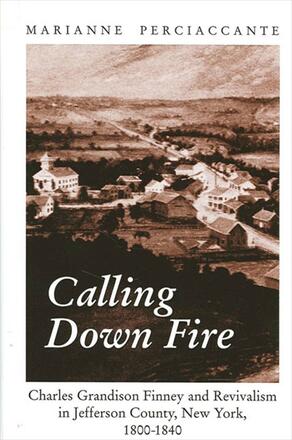
Calling Down Fire
Charles Grandison Finney and Revivalism in Jefferson County, New York, 1800-1840
Alternative formats available from:
Explores how the agrarian setting of Jefferson County, New York, influenced the revival methods of Charles Grandison Finney, with implications for the study of revivalism more generally.
Description
Calling Down Fire examines the social and cultural influence of Jefferson County, New York, an isolated, agrarian setting, on the formation of Charles Grandison Finney's theology and revival methods. Finney, who later became president of Oberlin College, was arguably the most innovative and influential revivalist of the Second Great Awakening. He pioneered methods which were widely adopted and promoted a theology that emphasized the ability of evangelists to save souls and the importance of free will in the salvation process. Marianne Perciaccante follows the course of religious enthusiasm and the evolution of the reform impulse in Jefferson County following Finney's departure for more influential pulpits. When Finney began to preach in Jefferson County, he brought Baptist and Methodist piety to the Presbyterians of the northern section of the county. This pious fervor eventually was adopted widely by middle-class Presbyterians and Congregationalists and constituted an acceptance by elites of tempered, non-elite piety.
Marianne Perciaccante is an attorney and an independent historian.